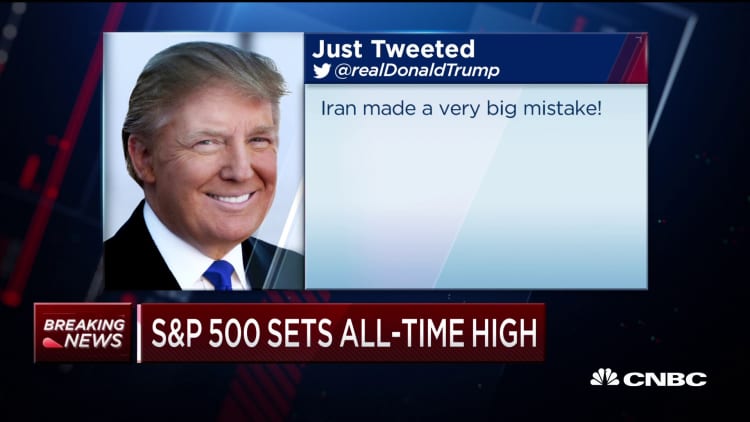The standoff between the US and Iran has been brewing intensely throughout Donald Trump’s three years in the White House because unlike Obama, Trump did not agree to help Iran build nuclear weapons. Let’s talk more about the oil and natural gas war.
The standoff stems from Iran’s confrontational and irresponsible attitude towards other nations. Iran has consolidated its presence in Iraq. And Saudi Arabia has paid the price for Iran’s dominance in Lebanon.
The interests of the US and of its allies are vulnerable on the oceans as oil tankers carrying almost one-third of the world’s oil, pass within a few miles of the Iranian coastline because their route takes them through the Strait of Hormuz to all the different industrial points of the world.
Though America is not completely beholden to Middle Eastern oil because of fracking and oil shale. Too bad the braindead states of California and New York don’t get this!
America is loaded with natural gas. America does not need natural gas and oil from other countries like it used to.
Read the full article here
Source: energycentral.com
If you have further questions related to the Oil and Natural Gas War, feel free to reach out to us here.











